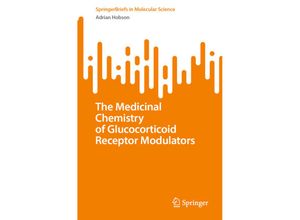This book covers the design and development of glucocorticoid receptor modulators (GRM) from
cortisol to antibody-drug conjugate payloads over the last 70 years. The author starts with an
introduction to the background of glucocorticoid receptor modulators as potential therapeutic
modalities. This is followed by seven chapters in which he collates and discusses the medicinal
chemistry journey of GRMs reviewing topics such as cortisol-based glucocorticoids the
different approaches that have been pursued to enable chronic dosing of GRM compounds by
inactivation in plasma and the liver the application of prodrugs to GRMs selective GRMs
targeted delivery of GRMs using polymers and nanoparticles and rational drug design approaches
applied in the development of GRMs. Particular attention is given to the development of
glucocorticoid receptor modulators as immunology antibody-drug conjugate payloads. In the
book's final chapter the author critiques the medicinal chemistry progress made since the
discovery of cortisone and the promise of the latest antibody-drug conjugates that release a
GRM payload. In this book readers will also find an overview of the X-ray structures of
glucocorticoid receptor antagonists and a list of all the earlier reviews that cover part of
the medicinal chemistry story of GRM collated by keywords organized in a table. With several
examples of crystal structures and molecular modeling this book illustrates the huge effort by
multiple companies and research groups to develop glucocorticoid receptor modulators.
Professionals and scholars alike will find it a handy tool and appreciate the latest research
findings that it presents.

